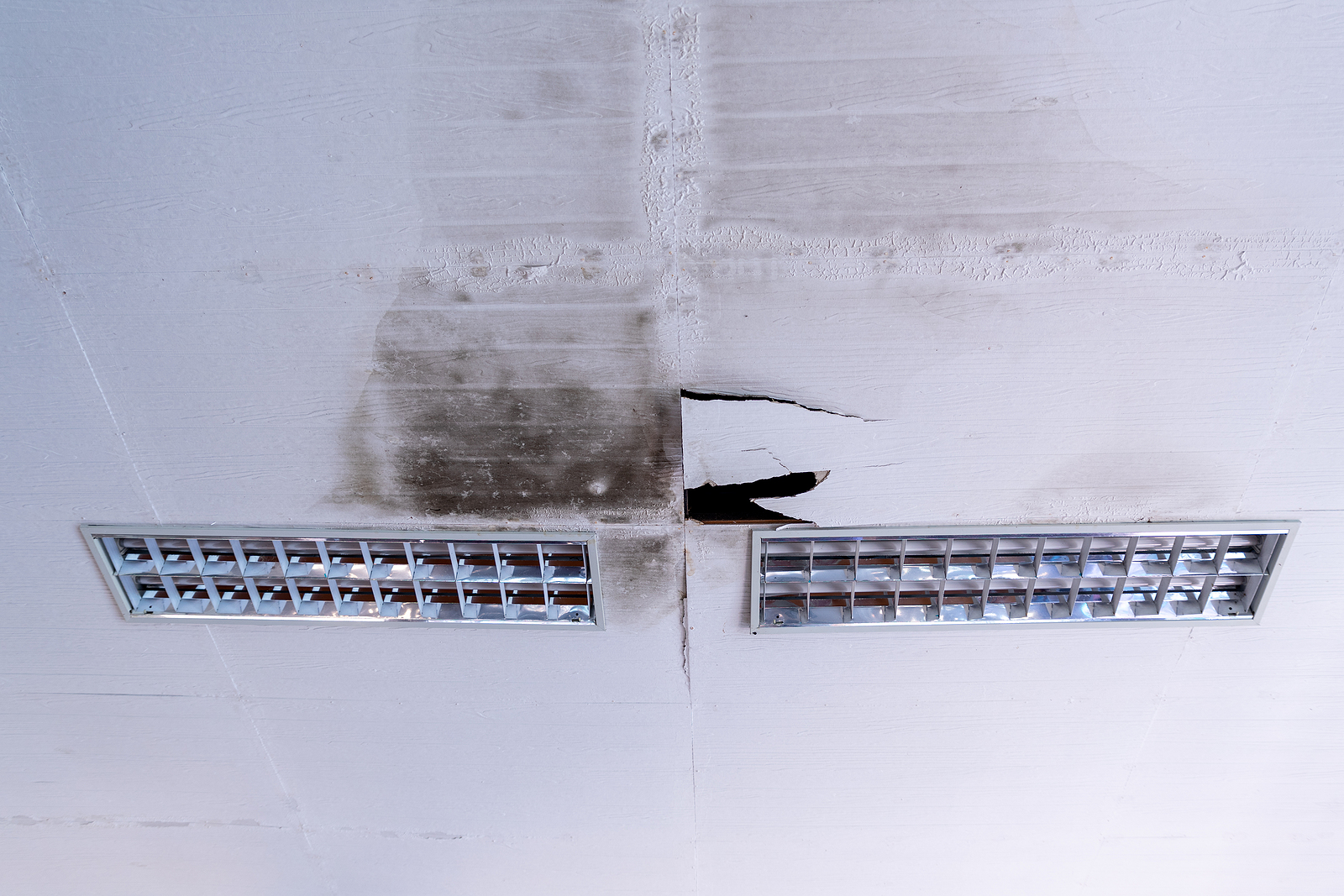Posted by Sandpaper America on Apr 13th 2022
Quick Guide to Ceiling Crack Repair
Everyone would probably agree that a home is an important and valuable asset. For this reason, it is important to protect properties from wear and tear. One common household repair that arises overtime are ceiling cracks. Ceiling cracks are important to repair if you wish to add a fresh coat of paint or improve the surface appeal of ceilings.
No matter what project you have on deck, a few ceiling cracks are nothing to fret about. A small portion can be easily repaired on your own. A good way to gauge this is by count. If there are more cracks than you can count, then you might want to outsource the work. Continue below for a quick guide to repairing plaster ceiling cracks and drywall ceiling cracks.

Is Your Ceiling Plaster or Drywall?
Ceilings can be made of plaster or drywall. They each require a separate approach for repairing cracks, so it is crucial to know which material your ceilings are made of before getting started. Below you will find a step by step guide for repairing ceiling cracks in both drywall and plaster.
What You Need to Repair a Ceiling Crack:
1 Inch Putty Knife
3 Inch Putty Knife
200-Grit Sandpaper
100-Grit Sandpaper
Fabric Tape
Drywall Mud (Patching Compound)
Cloth or Vacuum
Drywall Ceiling Crack Repair
1) Use a 1 inch putty knife to scrape any loose paint or material around the cracks. Do not widen cracks.
2) Use 100-grit sandpaper to smooth out the edges of the cracks.
3) Cut up pieces of fabric tape to a length that is a ½ an inch longer than the cracks. For winding cracks, use several small pieces to create one uniform piece.
4) Using drywall mud or patching compound, spread a thin layer into cracks with a 3” putty knife. Spread out the material to a one inch circumference around the crack.
5) Gently press the pieces of fabric tape onto to the wet compound with fingers and then smooth them out with 3” putty knife. Allow to dry for a minimum of 5 hours.
6) Using 200-grit sandpaper, lightly sand edges of dried cracks.
7) Apply a second, thinner, and broader layer of compound over the cracks and adjoining paint. Allow to dry for a minimum of 5 hours. Remove all sanding dust and debris with cloth or vacuum.
Plaster Ceiling Crack Repair
1) Scrape loose paint and plaster fragments out of cracks with a screwdriver or 5in1 tool. Then widen cracks to ¼ an inch to hold a sufficient amount of patching compound.
2) Use 100-grit sandpaper to smooth out the edges of the cracks.
3) Remove all sanding dust and debris with cloth or vacuum.
4) Using a plaster-repair or spackle compound, spread a layer of patching compound into the ceilings cracks with a 1” putty knife. Allow to dry for a minimum of 5 hours.
5) Using 200-grit sandpaper, sand the dried material and cracks smooth.
6) Apply a second, thinner, and broader layer of compound over the cracks and adjoining paint. This reduces compound shrinkage problems and gives a smoother more uniform look. Allow to dry for a minimum of 5 hours.
7) Using 200-grit sandpaper, sand the dried material and cracks smooth. Remove all sanding dust and debris with cloth or vacuum.
Are you looking for top quality sanding products for your DIY projects? Call Sandpaper America at 1-800-860-SAND to buy high-quality and competitively-priced sandpaper products, today. We have a full inventory of abrasives and sanding products at the lowest prices, for both bulk and individual orders.
Related Posts:
Tips
for Sanding Down Drywall
What
You Need to Know When Prepping to Sand Drywall
6
Step Guide to Repair Chipping Paint

